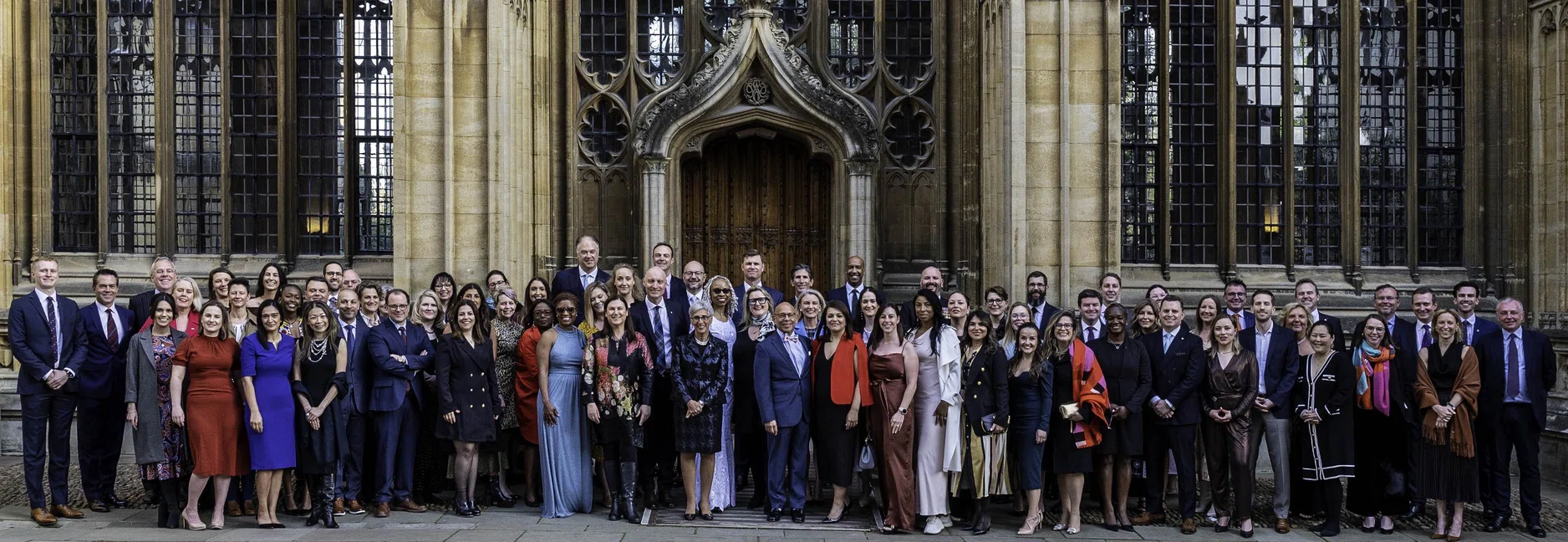
Close
result
Conclusion

Organisational transformation is essentially about closing the gap between where the organisation is now (structure, strategy, culture, etc.) and where it needs to be to operate successfully in the future. This may mean major changes in terms of sustainability and environmental impact; responding to new attitudes in the workforce; taking advantage of new technologies; or all of these at once.
And while structural and strategic changes are easy to plan, bringing the existing workforce along with the vision of the leadership is notoriously difficult.
The chief of staff’s social capital, role fluidity, and superpowers identified during the programme make them central to managing the continuous transformation and organisational adaptability needed for future success. But this is not without risks for the individual.
Military analogies were frequently used during the programme: the chief of staff is seen as the ‘special forces’, always deployed into the most difficult situations. Even if the transformation programme is successful, there will be other areas of the business where things are not going well, and that is always where the chief of staff is going to be. But one of the things that we know about special forces operatives is that they can burn out, and that is also true for the chief of staff. If they are constantly operating in an adrenaline-fuelled crisis mode, with no down-time, then stress levels are going to rise with corresponding impacts on physical and mental health.

‘We’re not always putting out fires, but we are monitoring. And when those alerts happen, you identify the warning light on the system. That doesn’t mean that you should fix everything. There is a risk that you can be consumed. You’re not there to do everything: you’re there to facilitate.’
In addition, there are many business and organisational issues that are increasing in importance but that do not fit naturally into any of the other executives’ portfolios. These range from managing the consequences of hybrid and remote working to holding an organisation to its purpose and monitoring the impacts of digitalisation and artificial intelligence. The flexible and innovative chief of staff may enjoy taking responsibility for these, at least in the short term, but could end up overloaded and overwhelmed.
The programme’s emphasis on self-care was therefore highly important. There were introductions to techniques such as meditation and mindfulness and encouragement to take pleasure in nature and poetry. Concluding discussions placed an emphasis on identifying and protecting boundaries, and invited participants to stay out of the fray: ‘In surgery, there’s a person who stands at the end of the bed and is simply the coordinator. They are deliberately not hands-on – if they become hands-on they lose their peripheral vision.’





